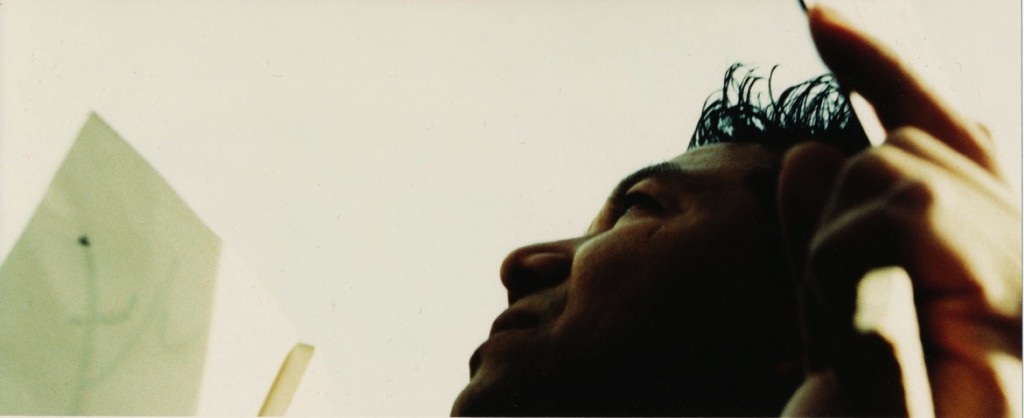
We addressed “the whole bathroom thing” in my previous post. While we’re on a roll, let’s settle another issue–the one where people tell me Seattle is overwhelmingly white.
I’m weary of people who spend their entire lives north of the Ship Canal telling me that Seattle isn’t diverse. Hipsters who spend all their time in Belltown, Capitol Hill and the U-District, with the occasional exploratory jaunt out to Ballard, would do well to keep quiet on the issue, that they might not inadvertently reveal how little they know about the city.
A woman who worked on Queen Anne and lived in West Seattle once told me she thought Seattle was “just way too white.” I’m unable to take such comments seriously. You’ve got to go somewhere besides Queen Anne before rattling off such generalizations. The Seattle metro area is filled with huge, gigantic swaths of land, far larger than the high-profile neighborhoods people often think of, where entire lives, families and generations carry out the ongoing drama of the American nonwhite experience.
Some people will tell you 98118–Columbia City–is the most diverse zip code in the US. Others say it isn’t. It’s easy to find articles supporting the belief you choose.* However, searching for accuracy by way of arguing about the zip code boundaries and code tabulation areas is to miss the larger point: either way, 98118 is one of the most diverse environments in the country. Some reports point to 98178 and 98188 (Skyway and Tukwila, respectively) as more diverse. There is the fact of Tukwila School District being the most diverse in the US.
But statistics reduce all these lives to mere numbers. The forest for the trees here is that Seattle is exceptionally, monumentally and gloriously mixed.
If you haven’t spent time in “The Valley,” an enormous area which can take an hour to drive the bus to the bottom of, you haven’t seen all of Seattle. There you encounter languages you’ve never heard of, and can walk for miles without encountering a white face. If you haven’t been to or heard of White Center, Bryn Mawr, Riverton Heights, Hillman City, Boulevard Park, South Park, Delridge, Dunlap, Brighton, LakeRidge, Holly Park, the Central District, Delridge, Burien, Renton, Kent and the entire South End… these are minority majority environments. Even Bellevue is now a whopping forty percent Asian.
There is more to the city than Capitol Hill and the U District. I would hope this would be apparent to anyone walking through downtown. It’s one of my favorite things about the city. Moving beyond race, the fact is that most people in Seattle are from somewhere else–whether another state in the US, or another country. In many parts of the world, the person standing next to you is likely from a similar class and ethnic background, and experienced a child- and adulthood not unlike yours. In Seattle, the person standing next you has stories you couldn’t even guess about. I think this is beautiful.
At the end of the day, I would say heuristic knowledge counts for a lot. The experience of walking around in the aforementioned neighborhoods will do more for your understanding of the Central Puget Sound area than sitting around reading statistics and articles like this one. In other words, come out for a ride on my bus!
—
*98118: This issue is thorny. Naysayers will stick to ethnic values only, forgetting that diversity is about many other things as well. There’s a difference between “most nonwhites” and “smallest population share of dominant group.” More crucially, class remains the elephant in the room as far as the national conversation is concerned, and deserves more studied attention. Unlike places like Brooklyn, Columbia City is not comprised of self-imposed cultural enclaves or boroughs. Everybody lives next to everybody. Also, the “whites” figure discussed with respect to Columbia City includes one of the US’s largest contingent of Sephardic Jews. Religious, economic, educational, tribal, and age values need to be considered as well. Gini-Simpson values would be useful here. More here, here, and especially here.
Nathan Vass is an artist, filmmaker, photographer, and author by day, and a Metro bus driver by night, where his community-building work has been showcased on TED, NPR, The Seattle Times, KING 5 and landed him a spot on Seattle Magazine’s 2018 list of the 35 Most Influential People in Seattle. He has shown in over forty photography shows is also the director of nine films, six of which have shown at festivals, and one of which premiered at Henry Art Gallery. His book, The Lines That Make Us, is a Seattle bestseller and 2019 WA State Book Awards finalist.


